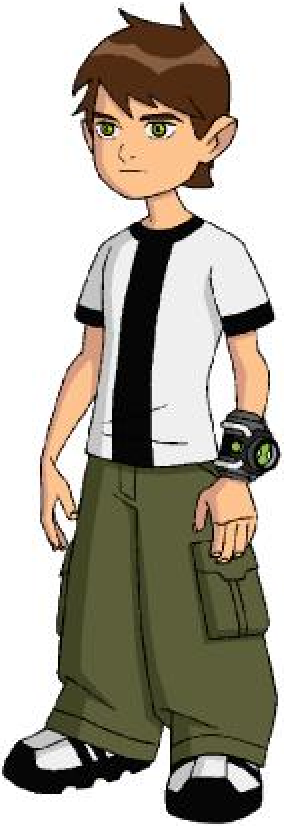

Extraterrestrials were also common sci-fi horror monsters, ranging from the titular alien in Ridley Scott's 1979 classic to the shape-shifting arctic creature in "The Thing." However, in the 1970s and 1980s, friendlier and sometimes lovable aliens were also reflected in movies such as "Close Encounters of the Third Kind," "E.T.: The Extra-Terrestrial," and "Cocoon."

Aliens first appeared on screen in 1902, in Georges Méliès' " A Trip to the Moon." After 1947-in which civilian pilot Kenneth Arnold's UFO sightings and the discovery of a mysterious "flying disc" near Roswell, New Mexico, occurred-a subculture devoted to otherworldly creatures called "ufology" emerged, leaving a lasting mark on cinema.Īs the United States dealt with the Red Scare in the 1950s, influential alien films like "The Day the Earth Stood Still" and "The War of the Worlds" used intergalactic characters to reflect citizens' fear of communism and other "outsiders," as well as humanity's penchant to destroy itself from within. No medium has more vividly captured and utilized scenarios of extraterrestrial life better than film. Our conception of life beyond Earth reflects our collective hopes and fears about technology and the unknown-not to mention our knowledge of the larger universe, which changes dramatically as time goes on. Humanity's ideas about alien existence often say more about us than the little green men we envision.


 0 kommentar(er)
0 kommentar(er)
